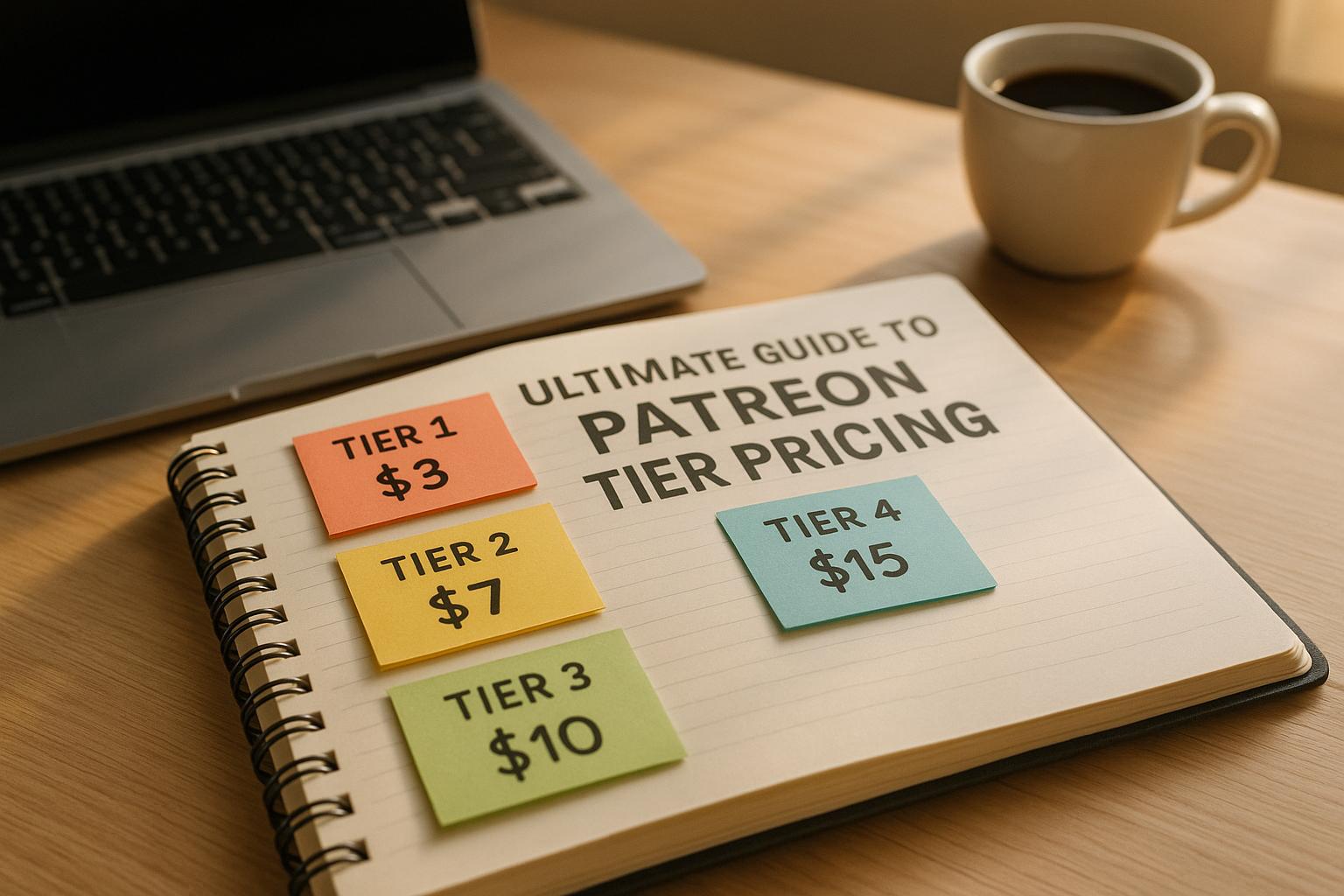
Want to make more money on Patreon? Pricing your tiers correctly can boost your revenue and keep your supporters engaged. Here's the core of what you need to know:
- Offer 3-5 tiers: Too many options overwhelm potential patrons. Stick to clear, simple choices.
- Start at $1-$3 for casual fans: This entry-level tier builds trust and encourages upgrades later.
- Core content tiers at $5-$10: Most creators see success here with perks like early access or bonus content.
- Higher tiers ($10-$20+): Add exclusive perks or personal interactions for dedicated supporters.
- Track your fees: Account for Patreon’s platform fees (5%-12%), payment processing (2.9% + $0.30), and any currency conversion costs.
- Retention matters: Patrons tend to spend more over time - new patrons average $3.78/month, increasing to $8+ after three years.
Pro Tip: Use data from Patreon’s analytics to refine your pricing and benefits. Creators with a higher-priced tier earn up to 17% more revenue.
Get your pricing right from the start, and you’ll create a system that grows with your audience.
LAUNCH YOUR PATREON ✨ TIER GUIDE FOR ARTISTS
How Patreon's Pricing Structure Works
Before setting up your membership tiers, it's important to understand the fees Patreon deducts from each payment. These include platform fees, payment processing charges, and currency conversion costs. Having a clear picture of these deductions will help you design a tier structure that ensures sustainable earnings.
Platform Fees and Payment Processing Costs
Patreon charges a platform fee to cover its operational costs. In addition, payment processing fees depend on the payment method and the patron's location. For creators in the U.S. who receive payouts in USD, payments made via domestic credit cards, Apple Pay, or PayPal/Venmo typically incur a processing fee of 2.9% + $0.30 per transaction. For international PayPal or Venmo payments, the fee increases slightly to 3.9% + $0.30.
Let’s break that down: if a patron pledges $10 using a domestic credit card, the processing fee of 2.9% + $0.30 leaves you with around $9.41. Keep in mind that these fees are applied to the total payment amount, including any taxes.
Currency Conversion and Payout Methods
If your patrons pay in a currency different from your payout currency, Patreon automatically converts the payment. This comes with a 2.5% fee applied to the total payment amount. For U.S.-based creators receiving payouts in USD, there’s no conversion fee if patrons pay in USD. The earnings you receive are based on the average exchange rate from the day before the payment is processed. Should a refund occur, any currency conversion fees are also refunded.
Once your earnings are credited to your Patreon account - after all platform, processing, and conversion fees have been deducted - you’ll need to transfer the funds to your bank account. U.S.-based creators have the following payout options:
- Bank transfers via Stripe cost just $0.25 per payout. (This option is available only for U.S. creators receiving USD payouts.)
- PayPal payouts come with a 1% fee on the transfer amount, with a minimum fee of $0.25 and a maximum fee of $20.00. You’ll need a minimum balance of $10 to request a PayPal payout. Note that PayPal may charge additional fees when you move money from your PayPal account to your bank account.
Recent Updates to Patreon's Pricing Model
Patreon has introduced some changes to simplify its payout process. For example, creators can now enable automatic monthly payouts, which are processed on the 5th of each month as long as they have a positive balance. When setting up or updating your payout details, there’s a 5-day hold before payouts are processed.
Understanding these fees is crucial when pricing your membership tiers. Even small deductions can add up, especially if your tiers are priced too low. Many creators adjust their tier pricing to account for these fees, ensuring they maintain a sustainable income from each patron.
What Affects Your Tier Pricing Strategy
Now that fees and processing are clear, it’s time to explore how audience preferences and market trends influence your tier pricing strategy. Setting the right Patreon tier prices isn’t just about covering costs - it’s about aligning with what your audience values and what the market supports. This balance ensures your tiers attract patrons while providing a sustainable income stream.
Know Your Audience and Their Expectations
Your audience’s willingness to pay is closely tied to their connection with you and the value they perceive in your content. Data shows that new patrons typically start by paying around $3.78 per month, increasing to $5.89 after a year, and eventually surpassing $8 for long-term supporters. This demonstrates the importance of offering an affordable starting point to build trust and loyalty before introducing higher-priced tiers.
Your content type also plays a significant role. For example:
- Musical artists and bands see median payments starting at $5, climbing to over $10.
- Podcasters, on the other hand, often start at $9, with patrons willing to pay more than $15 as engagement grows.
Across all creator types, the average starting point hovers around $5 per month. These insights can guide you in structuring tiers that align with your audience’s expectations and spending habits.
Standard Pricing Benchmarks for U.S. Creators
Successful U.S.-based Patreon creators often follow tried-and-true pricing structures. These benchmarks offer a reliable foundation for creators launching or refining their tiers:
| Tier Level | Price Range | Purpose | Typical Benefits |
|---|---|---|---|
| Support Tier | $1–$3 | Entry point for casual fans | Basic recognition, access to community |
| Core Content | $5–$10 | Main hub for exclusive content | Early access, bonus content, behind-the-scenes perks |
| Premium Tier | $10–$20 | Enhanced experience | Extra perks, monthly rewards, priority support |
| VIP Tier | $20+ | Dedicated supporters | Physical rewards, personal interactions, custom content |
The $5–$10 range is particularly effective for core content tiers. Research shows that most creators avoid pricing their core offerings above $10, as this strikes the perfect balance between affordability and meaningful revenue.
Psychological pricing also matters. For instance, a $5 tier often converts better than a $6 tier, as round numbers are more appealing to potential patrons. Stick with familiar price points like $1, $3, $5, $10, $15, and $20 to maximize conversions, and avoid less conventional amounts like $7 or $13.
Balancing Affordability and Exclusivity
Striking the right balance between affordable entry points and exclusive premium content requires careful planning. Research shows that exclusive content is rarely priced above $10, while higher tiers (above $20) typically focus on personalized rewards, extra support, or physical goods.
Understanding what each segment of your audience values is critical. Tools like Graphtreon can help you analyze what’s working for top creators in your niche. Study their tier structures and the benefits they offer at each level to identify patterns you can adapt.
When designing tiers, ensure that the value difference between them is clear. For example, if a $10 tier offers double the benefits of a $5 tier, patrons are more likely to upgrade without hesitation. However, it’s equally important to ensure your tiers are manageable. Overpromising can lead to burnout, especially for higher tiers that require more effort per patron.
If your tiers include physical or personalized rewards, make sure to factor in all associated costs. For instance, a $25 tier offering monthly physical rewards should account for shipping and material expenses. Many creators underestimate these costs, which can quickly eat into profits.
Start with a simple pricing structure that you can refine over time as your audience grows. Adding new tiers or adjusting benefits later is much easier than overhauling your system entirely. And if you need to raise prices, apply increases only to new patrons to avoid losing existing supporters.
Finally, be specific when describing tier benefits. Vague phrases like "exclusive content" don’t convert as well as clear promises, such as "two bonus podcast episodes per month" or "early access to all videos, 48 hours before public release". Clear communication builds trust and helps patrons understand exactly what they’re paying for.
sbb-itb-3858882
How to Structure Your Patreon Tiers
Now that you’ve got a handle on fees and market insights, it’s time to turn visitors into patrons and encourage upgrades with a well-thought-out tier structure. Many top Patreon creators stick to offering 3–5 tiers. Why? Too many choices can overwhelm potential supporters, making it harder for them to commit. The key is to create clear distinctions between each tier, so moving up feels like a natural and worthwhile step. Let’s break down how to decide on the number of tiers and the benefits to include, ensuring your setup is simple and scalable.
Choosing the Right Number of Tiers and Benefits
Research indicates that creators with two to five membership tiers tend to earn more than those who offer more options. This range strikes a balance: it gives patrons a variety of choices without causing decision fatigue. When deciding on benefits for your tiers, prioritize perks you can consistently deliver. Overpromising and underdelivering is a quick way to lose trust.
Here’s a basic framework to guide your tier setup:
| Tier Level | Price Range | Primary Purpose | Key Benefits |
|---|---|---|---|
| Support Tier | $1–$3 | Easy entry for casual supporters | Basic community access, supporter shoutouts |
| Core Content | $5–$10 | Hub for exclusive content | Bonus episodes, early access, behind-the-scenes material |
| Premium Experience | $10–$20 | Extra perks for dedicated fans | Extended content, priority support, exclusive livestreams |
| VIP Level | $20+ | Personal connection with top supporters | Physical rewards, one-on-one interactions, custom content |
Keep it straightforward, and let your tiers evolve as your audience grows. Looking at what successful creators in your niche are doing can provide insights into patterns that work. Digital rewards, like downloadable content or early access, are great options since they’re scalable and don’t involve the hassle of shipping.
Getting Patrons to Upgrade to Higher Tiers
Want to encourage patrons to move up to higher tiers? Focus on scaling perks by frequency rather than creating entirely new rewards for every level. For instance, you could offer one bonus episode per month at the $5 tier and two at the $10 tier. This keeps your workload manageable while making the value of upgrading crystal clear.
Creators who offer multiple tiers - including at least one higher-priced option - see a revenue boost of up to 17%. To capitalize on this, lead each tier description with its most appealing benefit. Highlighting standout perks right away makes it easier for potential patrons to see the value.
Community features are another powerful way to drive upgrades. Take Sophia and Cinzia from The Girls Bathroom podcast, for example. They introduced a dedicated group chat for fans, which strengthened their connection with listeners. They shared:
"We are so much closer with our listeners because of chats! It's such a fun community where we get to catch up on a more personal level every day. Our fans have a home to connect with each other, make friends, and give each other the best advice."
Their group chat saw 50% monthly participation, proving how much fans value a sense of belonging. Offering annual memberships with discounts is another smart move. Not only does it encourage long-term commitment, but it also provides a more predictable income stream.
What U.S. Patrons Want from Membership Tiers
If your audience is primarily in the U.S., keep in mind that they’re often drawn to exclusive content and community access. Over 80% of one-time purchases on Patreon come from fans supporting a creator for the first time. This makes your entry-level tier incredibly important - it should leave a strong impression.
Transparency is key for U.S. patrons. Instead of vague promises like "exclusive content", be specific. For example, say, “two bonus podcast episodes per month” or “behind-the-scenes videos from every recording session.” Clear communication builds trust and sets the right expectations.
Free trials and discounts can also be effective. More than half of free members say they’re likely to upgrade, so offering a trial period could help convert hesitant fans into paying patrons.
For higher tiers, physical rewards can be a nice touch. Just remember to factor in domestic shipping costs. Creators who include at least one exclusive merchandise item earn about 15% more on average than those who don’t. Budget-friendly options like stickers, postcards, or small branded items work well without breaking the bank.
Finally, ask your audience for feedback on your tier structure. Many supporters will appreciate being involved in shaping the benefits they receive. Anchoring your entry-level tier at the $5 mark is a proven strategy for building a strong community base.
How to Improve Your Tier Pricing Over Time
Setting your tier prices is only the first step. To truly maximize your revenue, you’ll need to revisit and refine those prices over time. A thoughtful, data-driven approach can help you adapt your pricing strategy and keep your membership thriving.
Using Patreon Analytics to Track Performance
Patreon’s Insights dashboard is your go-to resource for tracking memberships and earnings. It can help you monitor key metrics like acquisition and retention rates, which are critical indicators of your membership’s health. For instance, retention rates on Patreon typically range from 70% to 95%, depending on tier pricing and the value of your content. If your retention rate dips below 70%, it’s worth investigating what might be driving members to leave, especially within the first three months of joining. Similarly, if your conversion rate from off-platform followers to Patreon members - usually between 0.005% and 2.5% - is on the lower end, it could signal that your tier pricing doesn’t align with your audience’s expectations.
"Successful campaigns implement systematic measurement and optimization cycles. We typically help creators achieve 30-40% revenue growth through data-driven improvements alone, even without expanding their audience."
– Michael Chang, Data Analyst
Analyze which tiers perform well and which don’t. For example, if your $15 tier isn’t attracting sign-ups but your $5 and $25 tiers are popular, it might be time to rethink the middle tier. Use Patreon's survey tools to gather feedback directly from your members about the perks they value most and what they’d like to see added.
"While acquisition gets all the attention, the economic engine of Patreon is retention. A 5% improvement in monthly retention produces dramatically more revenue than a 5% bump in new patrons because of the compounding effect over time. Our most successful clients maintain 92%+ monthly retention rates."
– Alex Torres, Retention Specialist
Pay attention to cancellation trends. If many members cancel after three months, it could indicate issues like unmet expectations or a disconnect between your pricing and the perceived value. Use these insights to fine-tune your pricing and benefits.
Changing Tier Prices Without Losing Patrons
When it’s time to raise prices, consider applying the increase only to new patrons. This approach helps maintain trust with your loyal base while ensuring that new members pay rates that reflect the current value of your offerings. Patreon notifies members about price changes via email, detailing the new amount and the effective date. To strengthen this communication, you might want to personally explain the reasons behind the change and highlight any new benefits that justify it.
After adjusting a tier’s price, Patreon locks it for 31 days to give members adequate notice. During this time, existing members continue paying the old rate, while new members pay the updated price. While you can still edit benefits, titles, and descriptions during the lock period, avoid making frequent price changes, as this can lead to higher cancellation rates. For higher-priced tiers (above $20), you might want to create a new tier instead of increasing the price of an existing one. This gives current members the option to switch voluntarily without feeling forced.
When discussing price changes, focus on the added value your members will receive. Whether it’s covering production costs, introducing new perks, or reflecting the growth of your content, transparency is key. Highlight what members stand to gain rather than justifying the price increase itself.
Tax and Legal Requirements for U.S. Creators
Adjusting your pricing strategy also means staying on top of tax and legal obligations. In the U.S., Patreon is required to collect sales tax in many states, with rates ranging from 4% to 11%. These taxes are applied based on the member’s location, so it’s crucial to classify your offerings accurately. For example, digital goods are taxable in many areas, and failing to use Patreon’s advanced sales tax settings could result in taxes being applied to your entire tier, even if only one benefit is taxable.
When it comes to income taxes, all Patreon earnings must be reported, whether or not you receive a 1099-K form. The threshold for receiving this form is $2,500 in earnings for 2025, dropping to $600 in 2026. As a self-employed creator, you’ll also owe an additional 15.3% in self-employment taxes for Social Security and Medicare. To stay prepared, set aside 25-30% of your Patreon income for taxes throughout the year. If you expect to owe $1,000 or more, you’ll need to make estimated quarterly payments to avoid penalties. Keeping detailed records of income and expenses using reliable accounting tools is essential for accurate tax filing.
If you offer physical products, consulting a tax professional can be particularly helpful, as these items may have unique tax implications. Tax laws change frequently, so professional advice can help you stay compliant while taking advantage of any applicable deductions.
Lastly, consider offering annual memberships. About 32% of members express interest in this option, and annual members often stay subscribed at twice the rate of monthly members. Offering annual payment options with discounts can improve cash flow, boost retention, and even simplify your tax planning.
Key Points for Setting Patreon Tier Prices
Fine-tuning your Patreon tier prices involves understanding your audience and making adjustments over time to strike the right balance.
Start with solid research. Before setting your prices, dig into your niche. Tools like Graphtreon can help you analyze what works for other creators in your space. A common pricing strategy: offer a $1–$3 tier for general support, $5–$10 for core content, $10–$20 for premium perks, and $20+ for dedicated supporters. Exclusive content is typically priced under $10, so higher tiers should focus on things like custom content, extra support, or physical rewards.
Simplify your tier structure. Keep your tiers limited to 3–5 options. This prevents choice overload for potential patrons and makes it easier to highlight the added value at each level. Even small price differences - like $5 versus $6 - can influence how many people sign up.
Build relationships over time. Patrons often increase their support as they feel a stronger connection with you. Patrick Campbell, CEO of ProfitWell, explains it well:
"Sometimes it's better for an individual to get ahold of your content, to get a relationship with you, because all of a sudden, when they're ready to pay, the WTP is that much higher".
Price sustainably from the start. For tiers that require extra effort - like physical rewards or custom work - make sure your pricing covers both your time and expenses. This ensures you can consistently deliver without burning out.
Track performance and adjust as needed. Use Patreon's analytics to see which tiers perform best and gather feedback from your patrons. Data shows that creators offering multiple tiers, including at least one higher-priced option, earn up to 17% more revenue. Additionally, enabling annual memberships can boost revenue by about 10% and double patron retention rates.
FAQs
What’s the best way to decide how many Patreon tiers to offer and how to price them?
When setting up membership tiers, keep it simple at first - three tiers is a solid starting point. For example, you might offer options at $1, $5, and $10. These price points appeal to varying levels of commitment while staying manageable for both you and your audience. Make sure each tier provides clear, appealing perks that feel worth the cost, like early access to your content or exclusive behind-the-scenes updates.
As your community grows, you can introduce higher-priced tiers with premium perks to cater to your most loyal supporters. Take time to regularly review feedback and track engagement to adjust your pricing and perks. This kind of fine-tuning helps ensure your offerings meet your audience’s expectations and willingness to pay, all while keeping your community engaged and your earnings on track.
How can I encourage my patrons to move to higher-tier memberships?
To inspire patrons to move to higher membership tiers, start by introducing exclusive perks that align with their interests and offer clear, tangible benefits. Keep these perks fresh by updating them regularly, ensuring memberships feel dynamic and worthwhile.
Another approach is to hint at upcoming changes to your tiers ahead of time. This builds excitement and gives patrons a reason to think about upgrading. You might also want to roll out new, higher-priced tiers with unique benefits while gradually retiring older ones. This creates a seamless shift and underscores the advantages of upgrading.
Finally, engage your patrons by using polls and early notifications about tier updates. This makes them feel involved and valued, which can naturally encourage them to explore higher-tier options over time.
How can I update my Patreon tier prices without losing patrons, and what should I consider before making changes?
Adjusting your Patreon tier prices doesn't have to be a stressful process if you plan it thoughtfully. One effective approach is to introduce a new tier with the updated price, while gradually retiring the old one. This way, your current patrons can stick with their original pricing if they choose, giving them flexibility and reducing the chance of cancellations.
Before making any changes, take a moment to evaluate the value you're offering and whether the new price reflects what your patrons are receiving. For instance, many creators aim to keep their main content tiers around $10, striking a balance between affordability and value.
Communication is everything here. Be upfront with your patrons - share your plans ahead of time, explain why the changes are happening, and emphasize any new perks or improvements they’ll enjoy. This transparency helps maintain trust and keeps your community feeling valued.





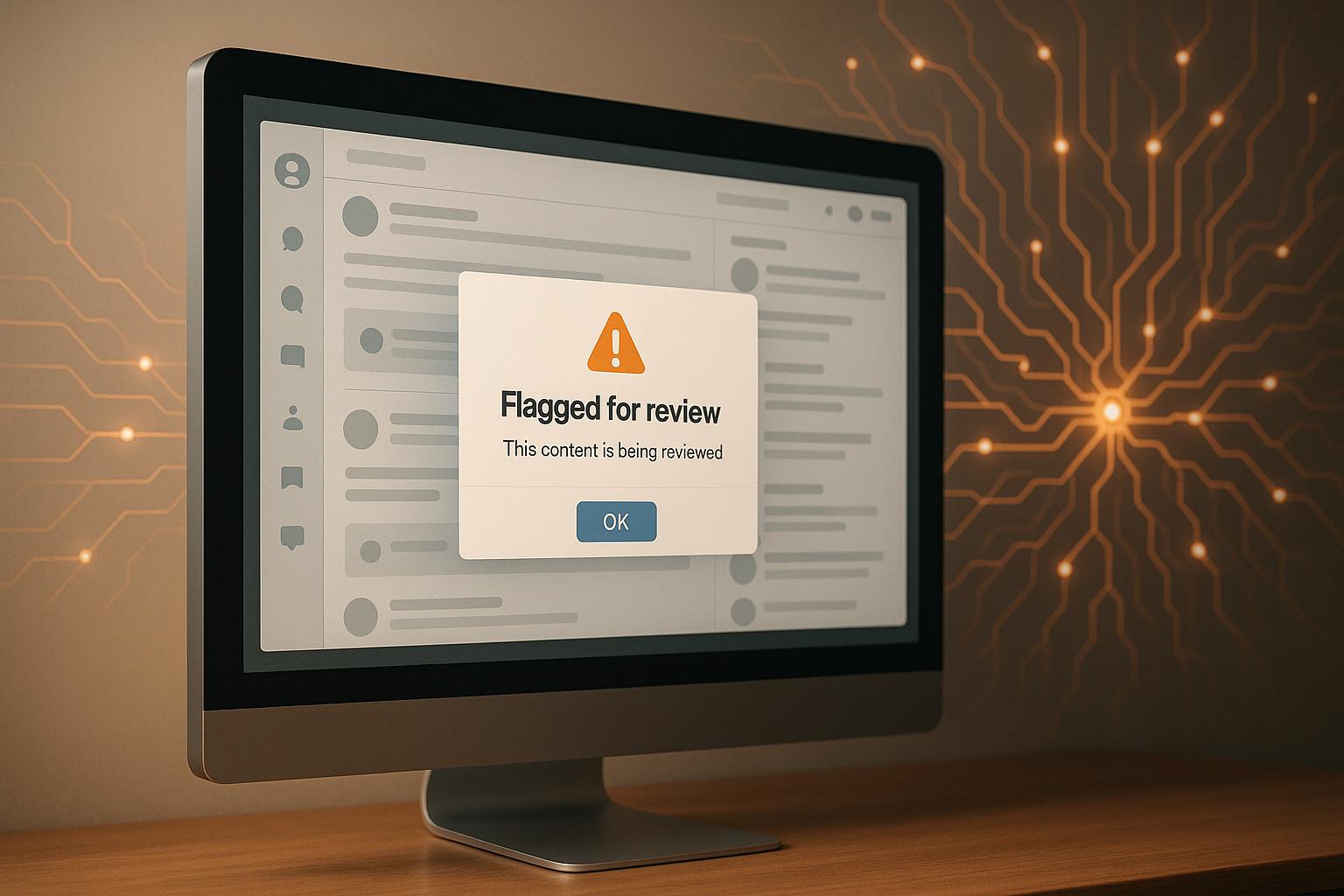







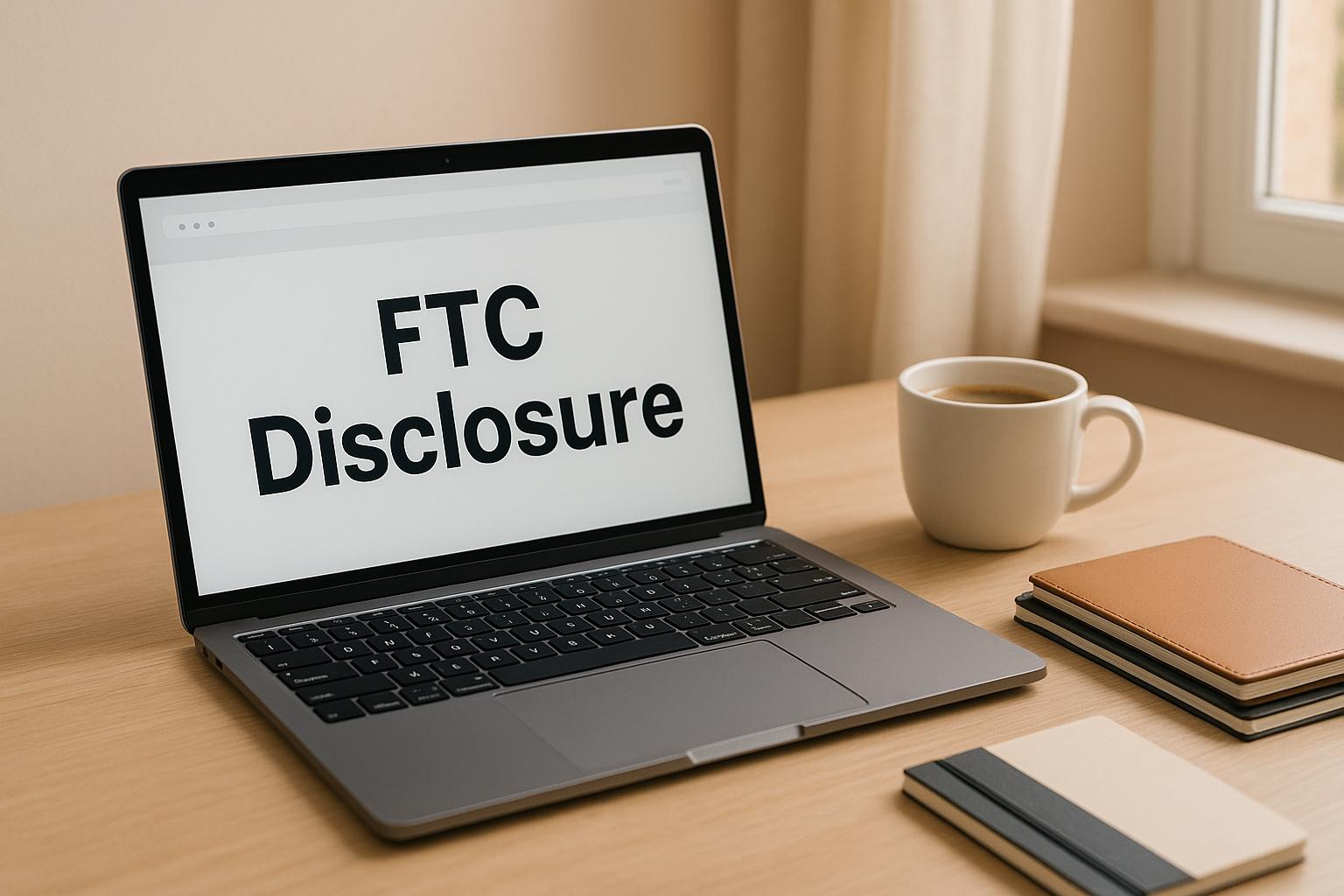



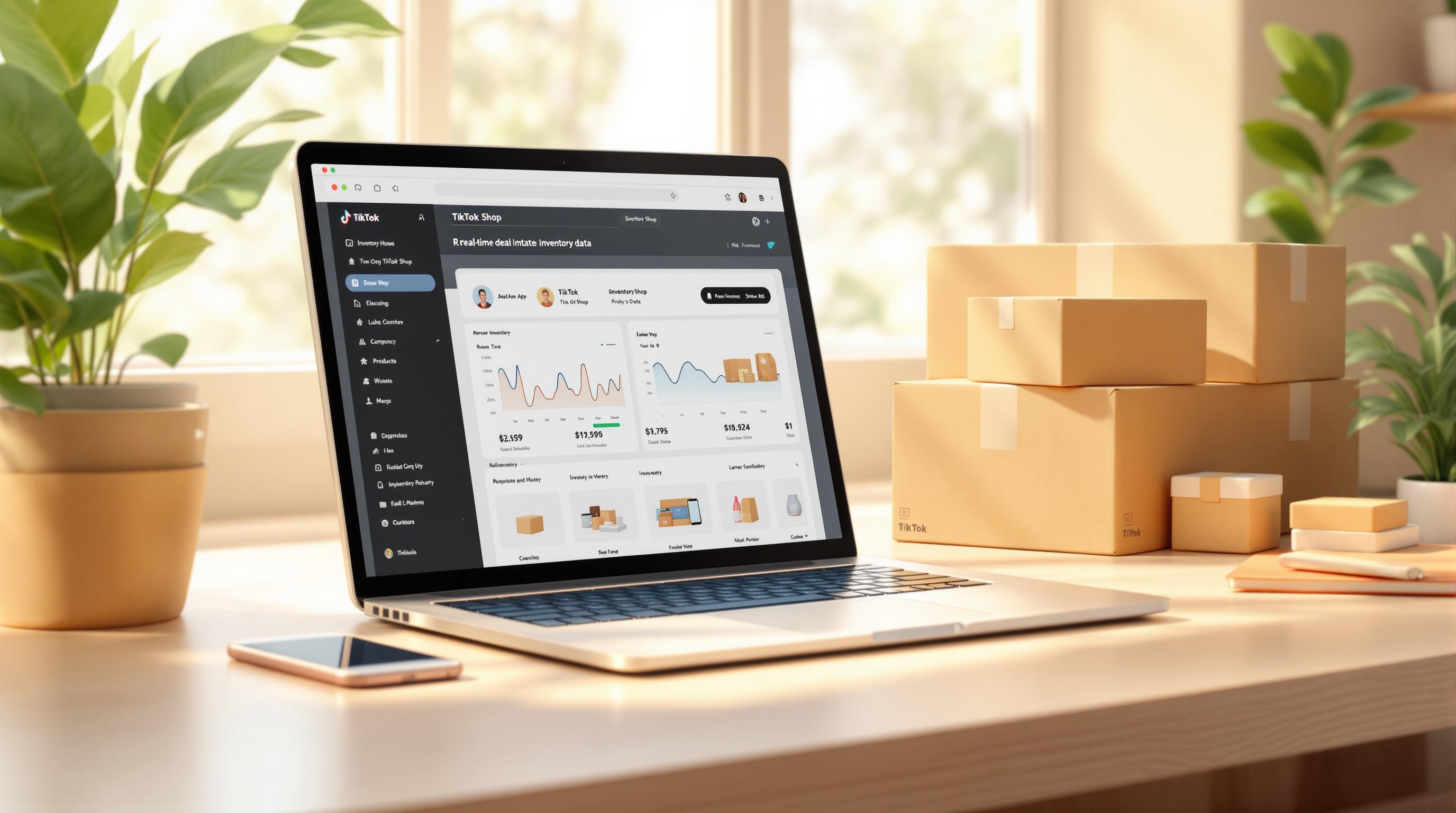


















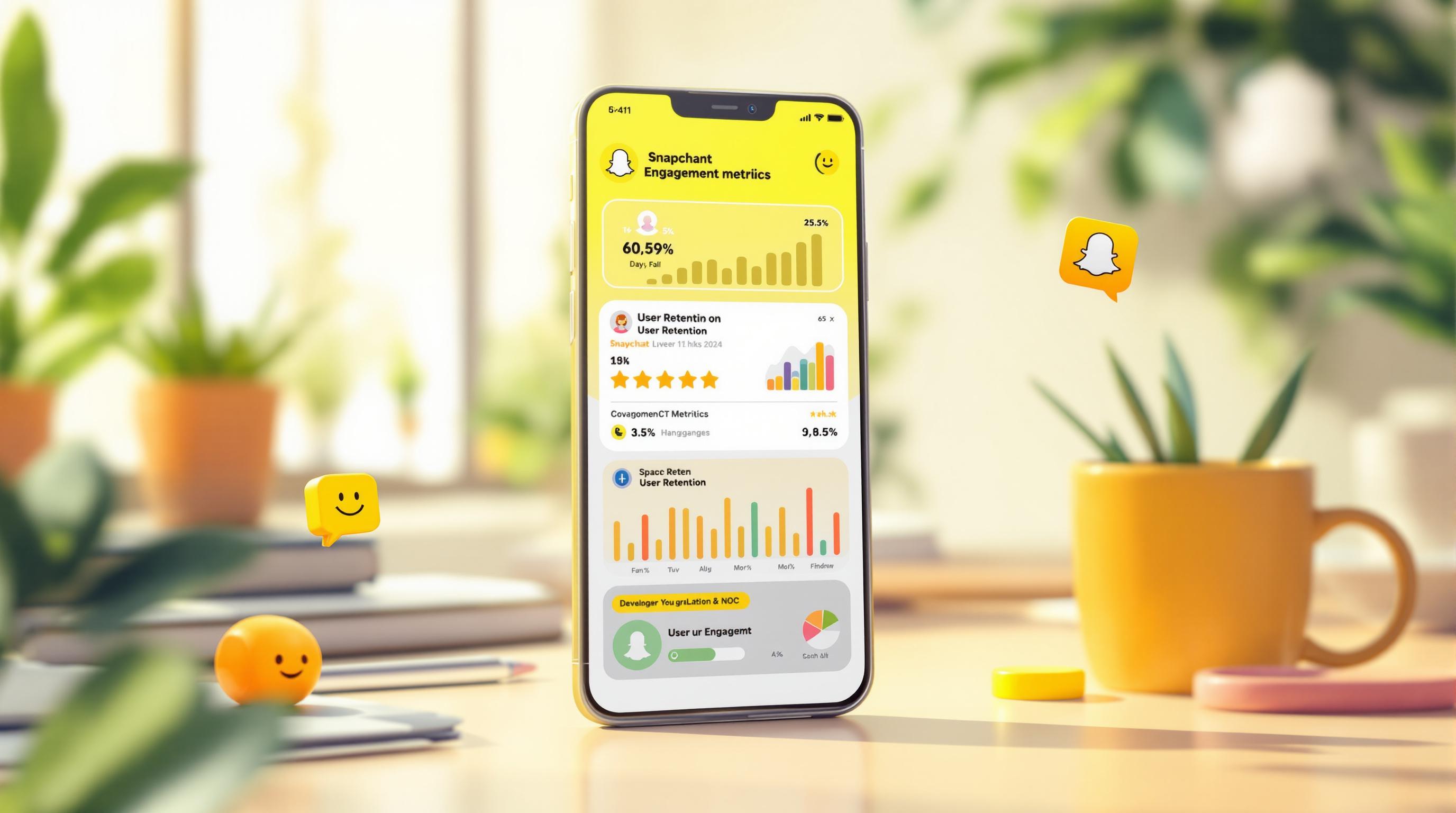



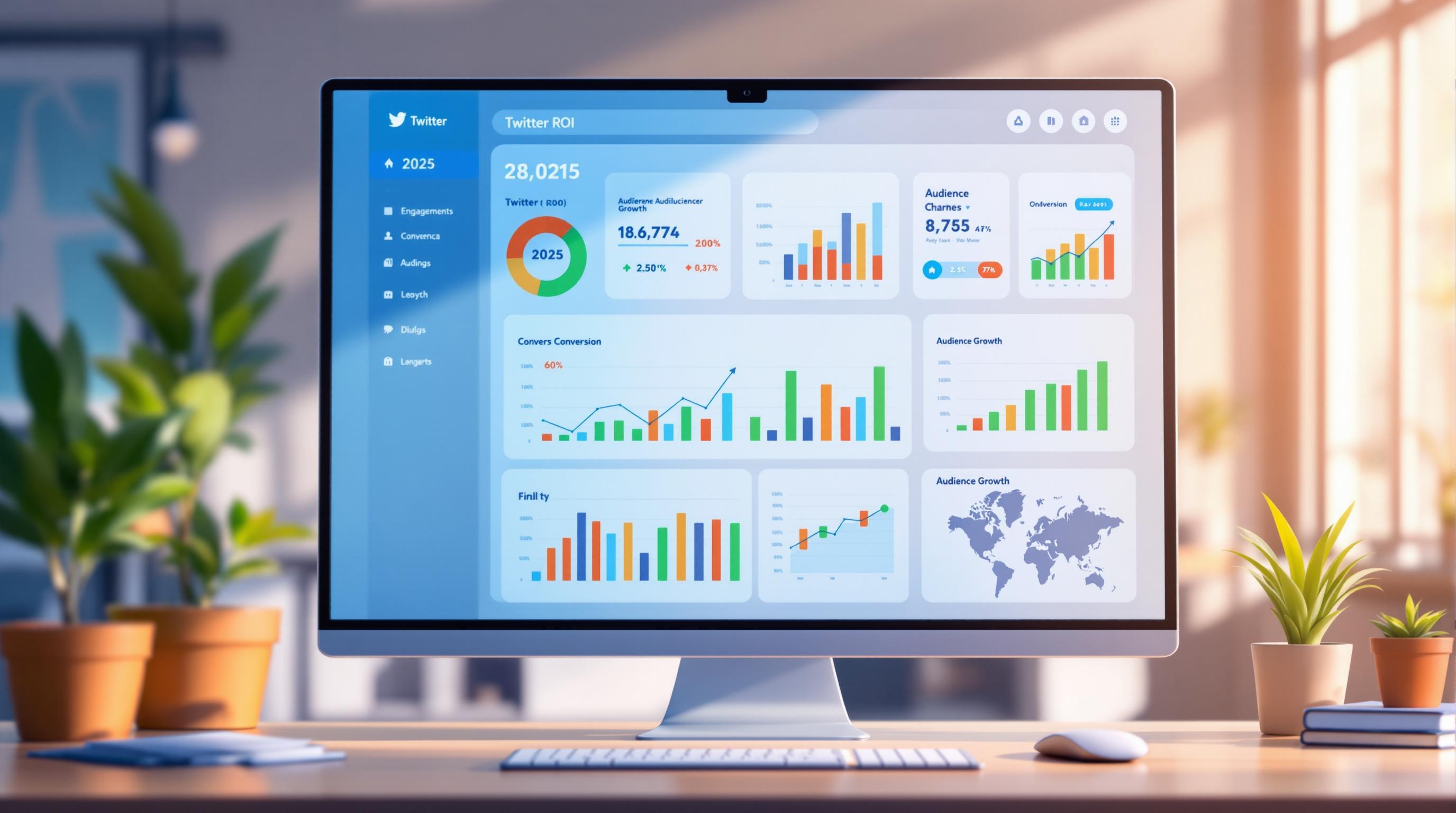









![Top 7 Best Instagram Growth Services in 2025 [RESULTS]](/cdn-cgi/image/fit=contain,format=auto,width=null/https://cdn.prod.website-files.com/67840d1d88a886f29a66a4c1/6795d12917ee4501b9eddf73_6795c731964f791db3b566c4-1737870861582.jpg)

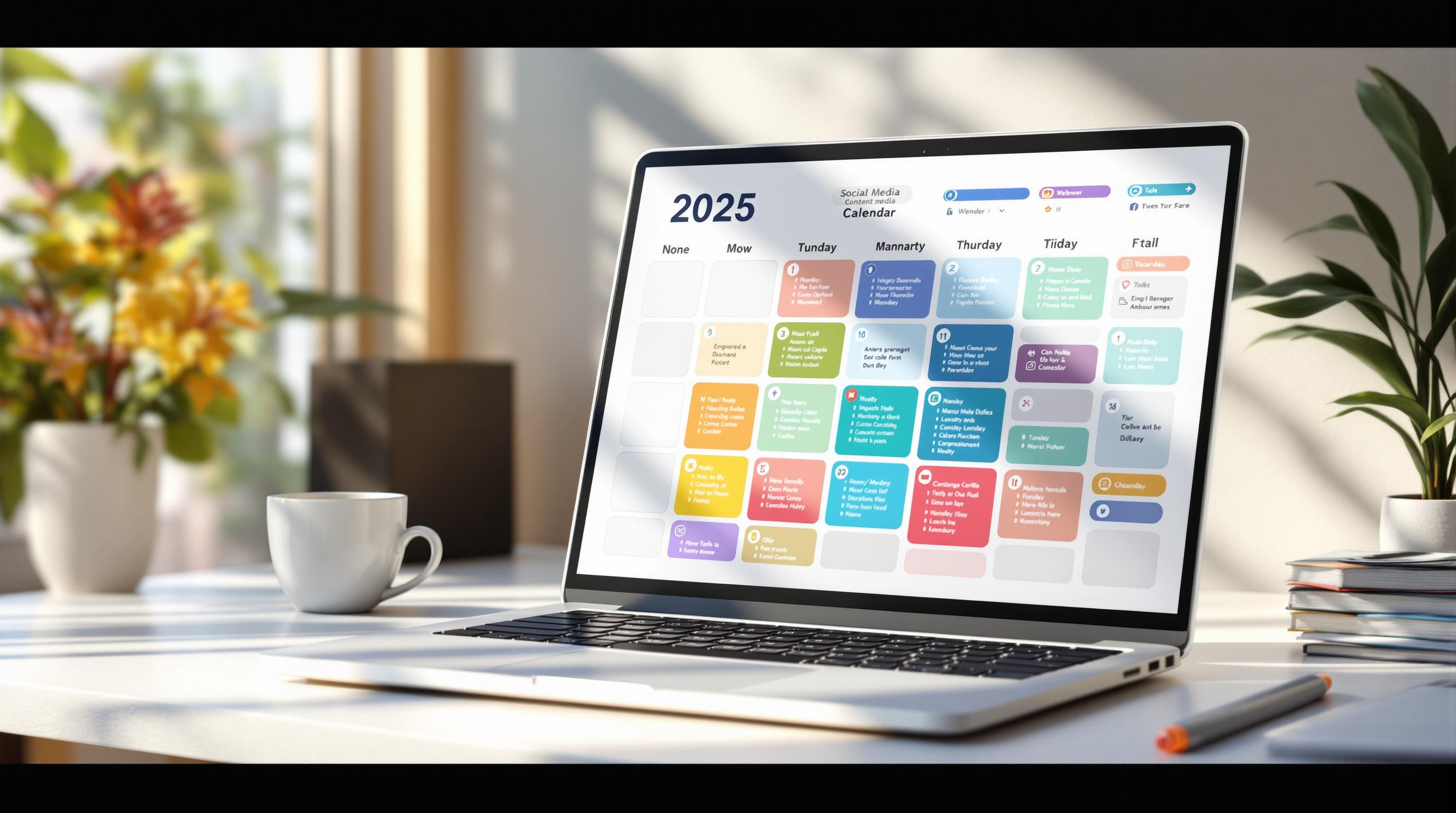
![UpGrow Review – The Best Instagram Growth Service in 2025 [TESTED]](/cdn-cgi/image/fit=contain,format=auto,width=null/https://cdn.prod.website-files.com/67840d1d88a886f29a66a4c1/6795040db42e404207732526_6794fd9c964f791db3b48de9-1737818779111.jpg)


